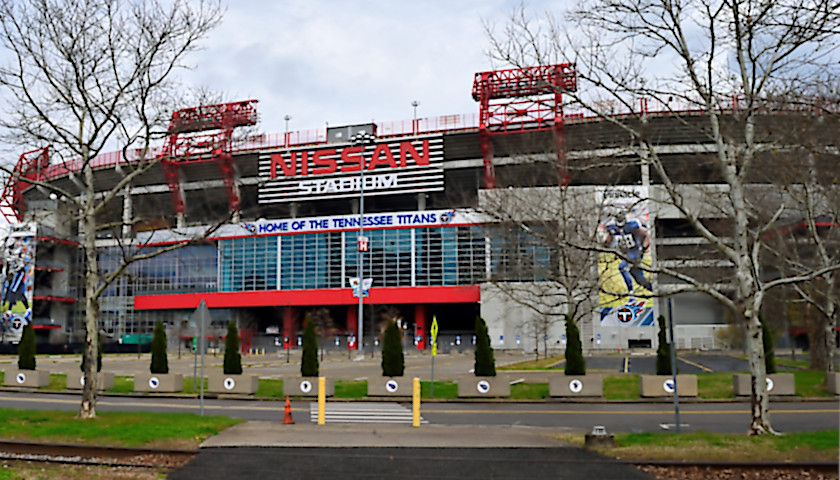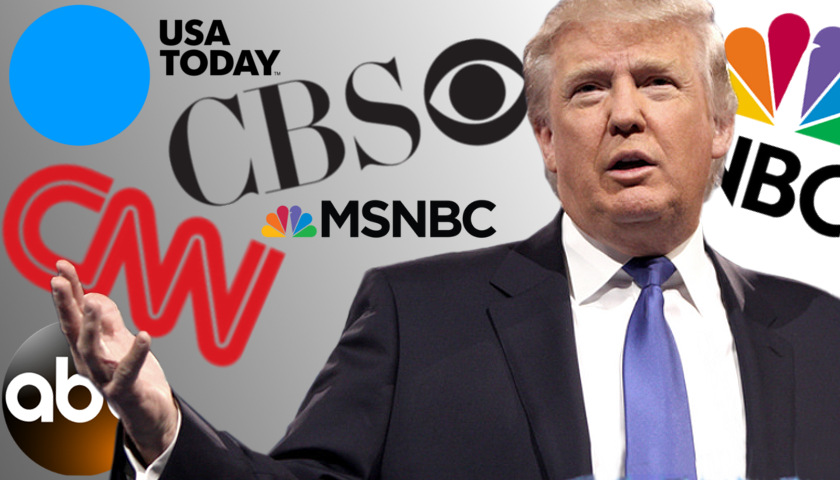by Jon Styf
A new report from Sycamore Institute shows that the proposal for a new Tennessee Titans stadium includes the highest total amount of public subsidies for an NFL stadium at a proposed $1.5 billion while bringing limited public benefit in return.
That commitment was part of $1.5 billion in total stadium commitments lawmakers have made in the past 18 months. In a comparison of 10 new NFL stadium proposals since 2008, the new Nashville stadium includes more total public funding than any previous NFL stadium proposal and includes an estimated 68% public financing, which is higher than any proposal since the $700 million Lucas Oil Stadium built in Indianapolis in 2008, which relied on 86% public financing.
“The share of direct public subsidization of NFL stadiums has decreased over time, with one study estimating that taxpayers paid about 75% of construction costs between 1987 and 2008 but just 25% from 2009 to 2017,” the report states. “As outlined in news reports, the tentative share of public financing for a new Titans stadium (about 68%) aligns more closely with venues built in the late 1990s and early 2000s than those built more recently.”
The proposed Nashville stadium deal includes $700 million in financing from the Titans, which is expected to include a $200 million NFL loan.
The state of Tennessee has committed $500 million to the project, paid in estimated annual $55 million payments on bonds while the Nashville Sports Authority is expected to take out $1 billion in revenue bonds that will be paid for through sales taxes and other sources.
The state has committed to sending 5.5% of the sales tax for stadium purchases and 2.5% of the sales tax in a new mixed-use development on 130 acres near the stadium while Nashville has made a similar commitment of sales tax dollars.
Davidson County is also set to pass a 1 percentage point increase in hotel-motel tax that will be allocated to the stadium costs.
The state sales tax and Davidson County hotel tax were estimated to bring in $10 million each annually, with the state sales tax contributions hitting that mark after the neighborhood surrounding the stadium is completed, according to the bill’s fiscal note.
The Sycamore Institute report reiterated what economists have said on the topic, that sales tax from the new neighborhood and stadium would not be new revenue for the city but instead would be diverted dollars from previous purchases, meaning the total sales tax collected by the state and city would not increase at a higher rate than other areas after the stadium and neighborhood were built.
“Even new or dedicated revenue streams that repay stadium debts represent public subsidies with opportunity costs,” the report said. “Governments often use taxes collected on site to pay their debts from building a stadium, which some view as a user fee on the fans. In the absence of a stadium, much of that taxable spending would likely have occurred elsewhere in a city or region.
“And without subsidies to pay off, the revenue would flow instead to a state or city’s general fund to support routine public services. In contrast, the typical new business owner does not get to apply the sales taxes they collect towards their rent or mortgage. Ultimately, of course, the opportunity cost of diverting any new revenue also depends on many other factors discussed in this report.”
The report also points out that large events that a new stadium could attract, such as a Super Bowl, carry additional future public subsidies.
“Major events like the Super Bowl are often pitched as a reason for public investment in pro sports venues, and such events do sometimes follow,” the report said. “However, there is debate over their economic impact based on which metrics people cite and how they compare to baseline levels.
“In addition to new revenue, examples of potential costs include more security personnel, transportation for attendees, parking lot construction, development of nearby land and event-specific tax breaks. Some Super Bowl host cities report favorable outcomes, while others have reported losing money.”
– – –
Jon Styf is an award-winning editor and reporter who has worked in Illinois, Texas, Wisconsin, Florida and Michigan in local newsrooms over the past 20 years, working for Shaw Media, Hearst and several other companies.








